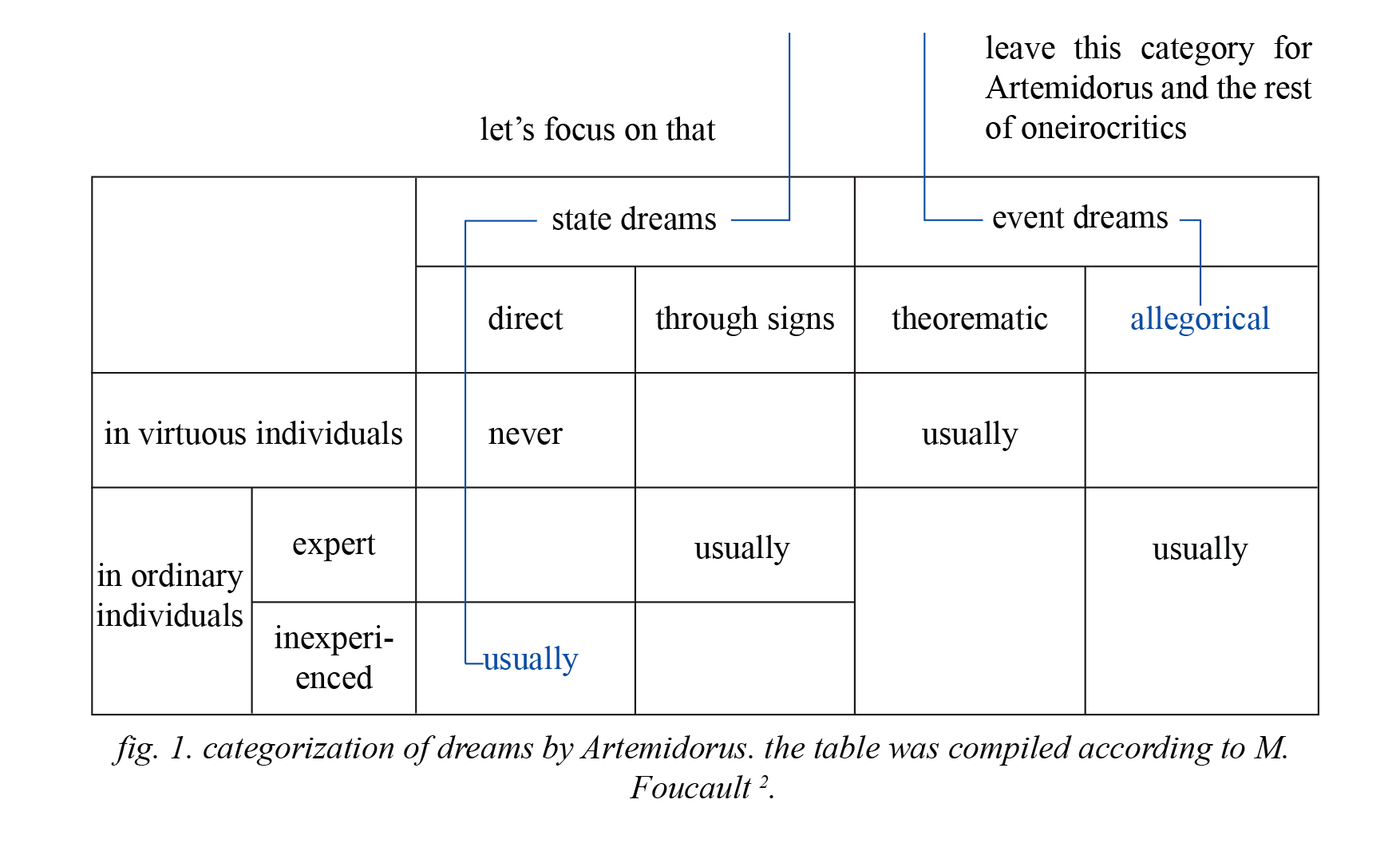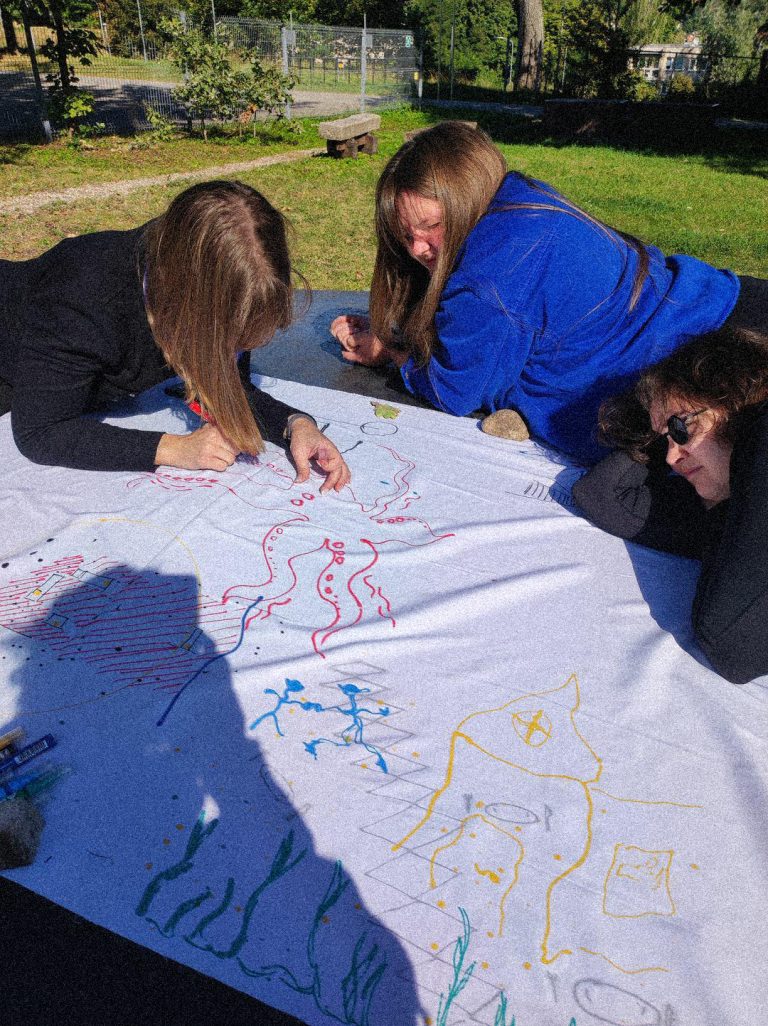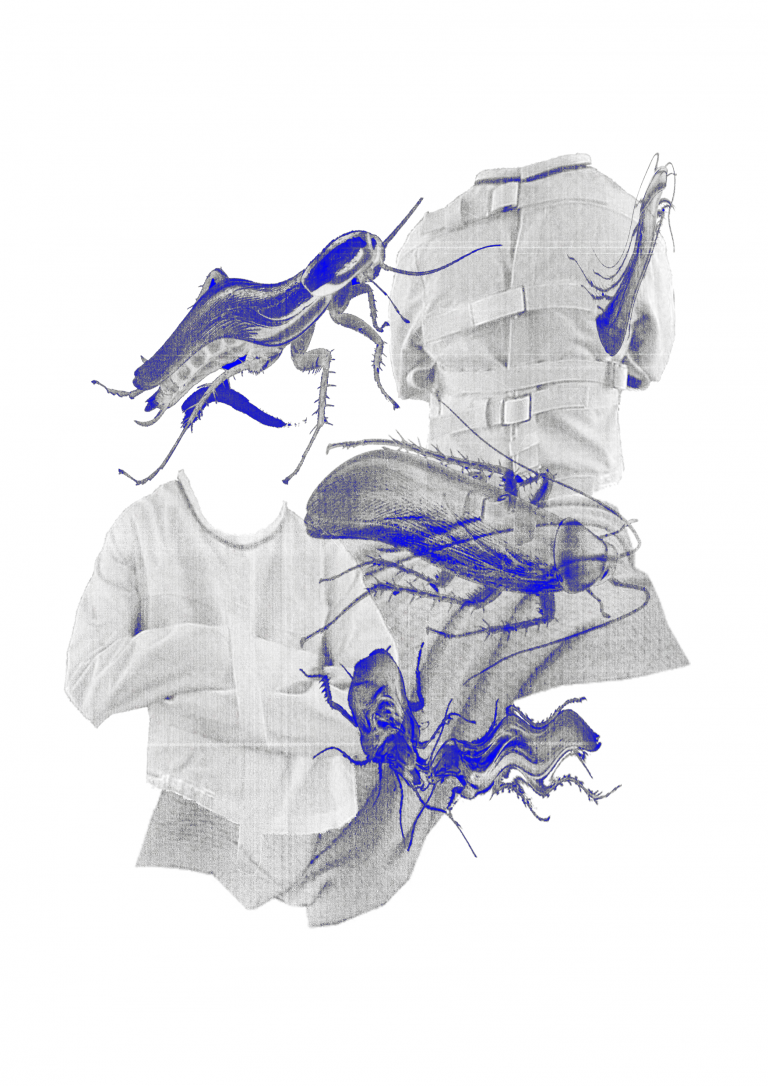
_private matter_
in a spiritually rationalized and fully explained civilized world the dream is clearly separated from reality. Sigmund Freud should be thanked (or cursed) for such positioning of the dream: he pulled it out of oblivion, turned it into an object of psychoanalysis and at the same time established its human nature. a modern dream is the voice of the subconscious mind, which describes the experience and state of mind of the dreamer through direct images or allegorical symbols. in Freud’s theory, a dream hides a forbidden desire, while his professional colleague, Carl Jung, saw the dream as an open expression of a thought, a need, an impuls. he regarded the dream, perhaps more than anything else, as a mental attempt to convey an important message about internal mental processes to the dreamer. for Jung, dreams are also an important part of personality development – he called that phenomenon individualization[fn]Jung, C. G. Collected Works of C.G. Jung, Volume 10: Civilization in Transition. Routledge and Kegan Paul, 1981[/fn].
therefore, for the psychoanalyst, the dream becomes a kind of mirror of reality, a coded signal, the decoding of which requires understanding the dreamer’s internal “language” of symbols. and yet, a dream is not part of the tangible world – it is only an inner virtuality created by an individual. a different approach to dreams is still recognized by the indigenous cultures of various continents. nocturnal vision is a message sent by the ancestors – or a prophecy of the near future, which one must decode and obey. the line between dream and three-dimensional reality is being eroded. for example, among aboriginal tribes, dreaming has turned into a separate philosophy of worldview, explaining the place of man in traditional society and nature, connecting the spiritual world of the past with the present and the future[fn]Linklater, S. (2022) Understanding Aboriginal Dreaming. Artlandish Aboriginal Art. https://www.aboriginal-art-australia.com/aboriginal-art-library/understanding-aboriginal-dreaming-and-the-dreamtime/[/fn].
the aspect of collectivity is particularly important here: the dream is shared in the same way as what happens after waking up, the telling of the dream to the community acquires a ritualistic aftertaste, the nocturnal world of one person merges with the nocturnal worlds of the whole tribe into a palimpsestic narrative that will guide decision-making and daily life .
when thinking about the practice of collective dreaming, I considered the achievement of a certain synchronization as an aspiration: joining the environment of a colleague’s dream, generating common symbols or events, cultivating an alternative reality. however, the dream defended itself against my attempt to turn it into a metaverse phenomenon and forced me to reconsider my reasons: why, how and what?

why?_the main goal is to return the dream to its rightful place in the public subconscious. to remove the veil of privacy from what used to be considered the defining aspect of human destiny. it is useful to delve into the practice of oneirocriticism: the surgically precise art of dream interpretation, which was studied, methodologically developed and perfected by, among others, the Ancient Greeks. Artemidorus, the most famous oneirocritic, said that dream interpretation is a necessary tool for an ordinary person to navigate through life, helping to make the right decisions and prepare for the future: both its good and tragic aspects[fn]Artemidorus, Thonemann, P., Hammond, M. The Interpretation of Dreams. Oxford: Oxford University Press, 2020.[/fn]. the basis of the method he developed is the categorization of dreams, which allows to distinguish which nocturnal visions need to be interpreted, and which are just imitations of the dreamer’s conditions or everyday life, not loaded with any fateful message, warning or other noteworthy meaning (fig. 1). whether the work of Artemidorus is relevant for a modern person is questionable, but it is certainly interesting in what positions the dreamer and the events, characters and symbols generated by him are placed.

how?_ by turning the sharing of a dream into a habit: by normalizing the dream-telling sessions with a relative, a friend, a stranger or a community of dreamers; establishing a publicly accessible dream library and practicing collective dreaming including one (or several) of the four variables: space, imagination, body or subconscious (fig. 2) to investigate their effects on the sleep and dream experience.
who?_ the one who dreams (yes, sure, everyone dreams, but not everyone is able to remember). the project seeks to bring together a cult of dreamers, whose members would be determined to connect their body and subconsciousness into a common research organism, to experiment in the conditions of tangible reality for the sake of intangible reality. however, the main goal of the church of dreamers is to imprint a place for dreams in the agendas of civilized and capitalized individuals, to convince even those who claim not to dream to spend a few minutes in the morning celebrating their dreams.
the practices that have taken place, are being carried out and have turned into short, adaptive scenarios. it is advised to treat all the listed elements of practices and rituals as variables, experiment with the conditions and document the experience. a basic questionnaire has been prepared to evaluate each ritual: it is advisable to expand or condense it for individual cases, to modify the questions and to act as flexibly as possible.
scripts of said practices with accompanying material are provided in the following posts.






